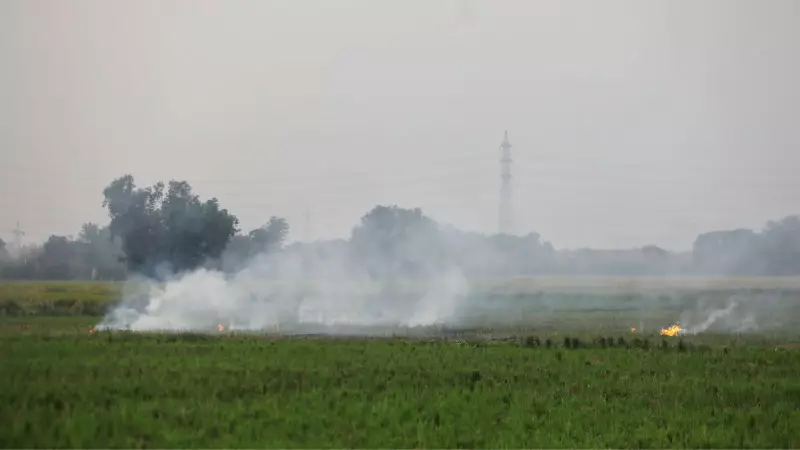
In a surprising environmental turnaround, Delhi has recorded its fastest post-Diwali air quality recovery in the past decade, excluding the unusual pandemic year of 2020. The capital city, notorious for its hazardous pollution levels following fireworks celebrations, has shown remarkable resilience this year.
Stunning Improvement in Air Quality
The data reveals that Delhi's Air Quality Index (AQI) showed significant improvement within just three days after Diwali. From a 'severe' category reading of 445 on Diwali day, the AQI dropped dramatically to 266 by Monday morning, marking one of the quickest recoveries witnessed in recent memory.
How This Year Compares to Previous Years
This year's recovery pace stands out significantly when compared to historical data. While the pandemic year 2020 saw similar rapid improvement due to complete lockdown conditions, this year's natural recovery without extreme restrictions represents a notable achievement. Previous years typically required five to seven days for similar air quality improvements.
Factors Behind the Positive Change
Several elements contributed to this encouraging development:
- Favorable weather conditions: Improved wind speed and better dispersion conditions helped clear pollutants faster
- Reduced firecracker usage: Increased public awareness and enforcement measures led to comparatively lower firecracker emissions
- Proactive measures: Government interventions and public cooperation played crucial roles in mitigating pollution levels
What the Experts Are Saying
Environmental specialists and monitoring agencies have expressed cautious optimism about these developments. While acknowledging that Delhi's air quality remains a serious concern, they note that this year's post-festival recovery pattern indicates positive trends in pollution management and public response.
The data, compiled from multiple monitoring stations across the National Capital Region, shows consistent improvement patterns, suggesting that the positive changes weren't isolated to specific areas but represented a broader regional improvement.





